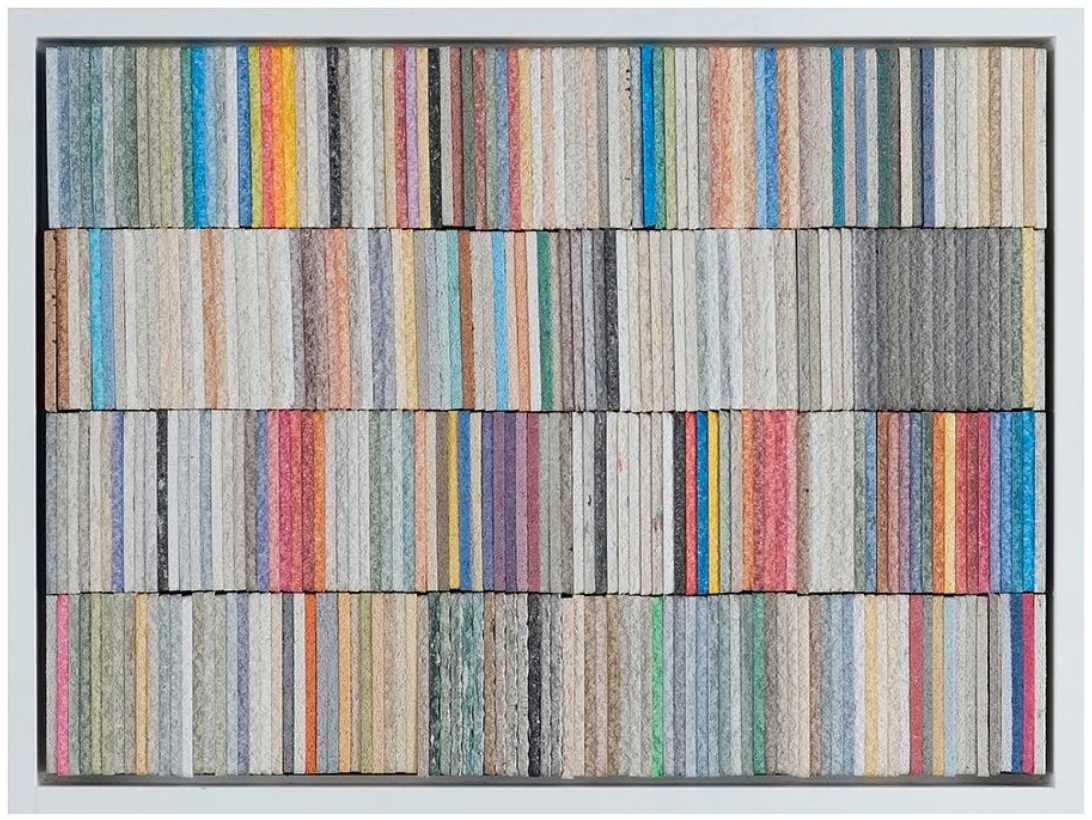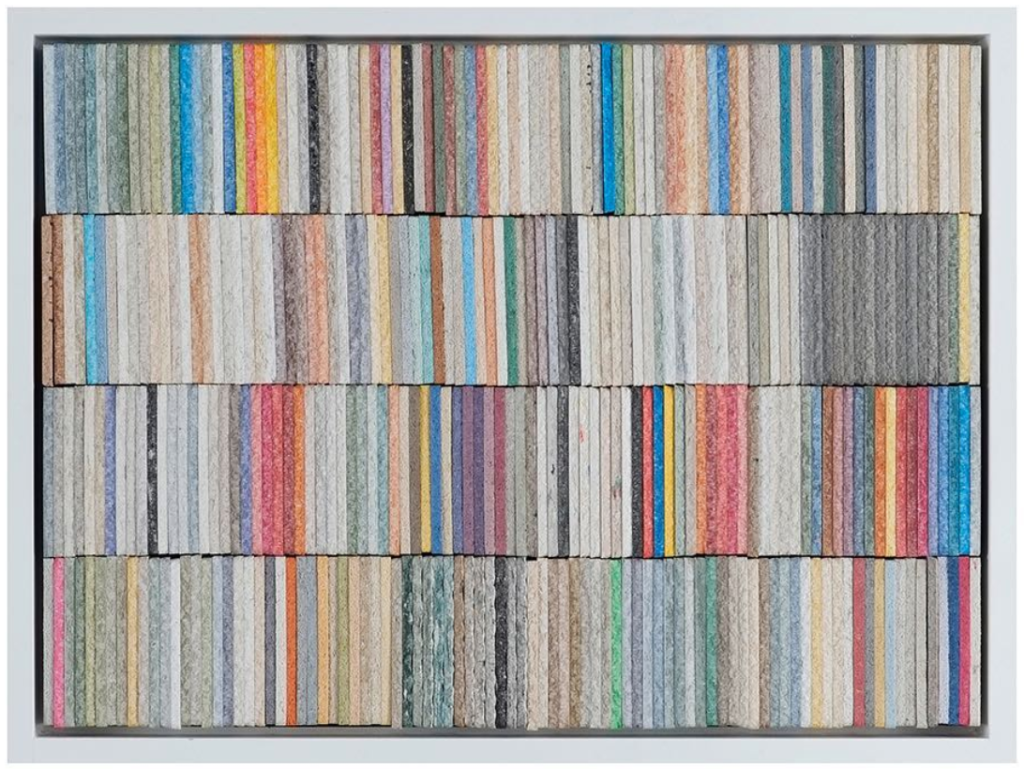This article is powered by Product Care Recycling, sponsoring Science World’s eco-storytelling competition BC Green Games and empowering us to tell stories at the intersection of art and the environment.
David Weir loves garbage. Bits of plastic and wire scattered in back alleys, stacks of tile samples from building projects, or another-man’s-treasures cluttering thrift store shelves—it’s art waiting to happen.
“I go to [the thrift store] every Monday morning,” says Weir. “Sometimes I have a mission. Sometimes I just wander, and without really filtering, pick things up and put them in the basket.”
Ten years ago, Weir retired from his career as an architect. He’s always considered himself a visual artist, first and foremost. (“Architecture was a detour for me,” he says. “Not art.”) But it was in his role as an architect that he really encountered waste objects en masse. New projects meant reviewing samples of new building materials.
“I frequently had huge stacks of floor tile, insulation, wood stain in various colours, piled up on my desk,” Weir says. “I just liked them. I couldn’t stop arranging them and stacking them and playing with them. I just liked them.”
Recycled materials have a long history in visual arts: In 1913, Marcel Duchamp turned an old bicycle wheel and a stool into the first kinetic sculpture. Now, recent generations of artists are using garbage on a large scale to deliver explicitly ecological messages. For instance, Hiroshi Fuji’s sculptures made from misfit toys, Von Wong’s polymer tide, Khalil Chishtee’s plastic bag sculptures all fit into the zeitgeist of upcycled art. And non-profit organizations like Art of Recycle are encouraging amateur artists to make use of materials already at hand.

